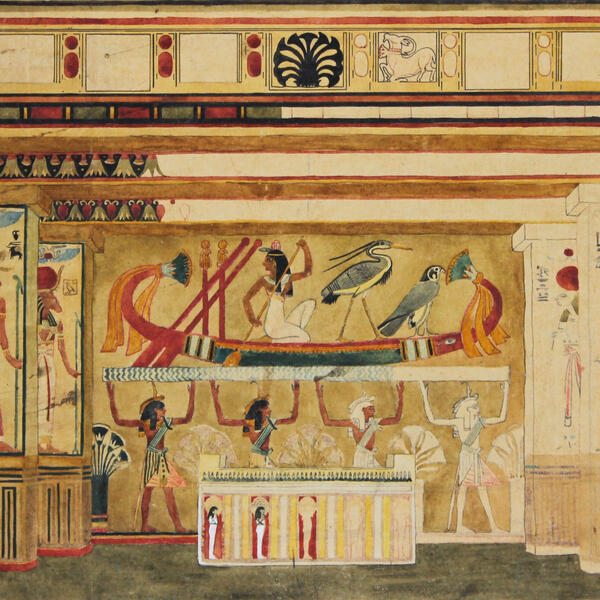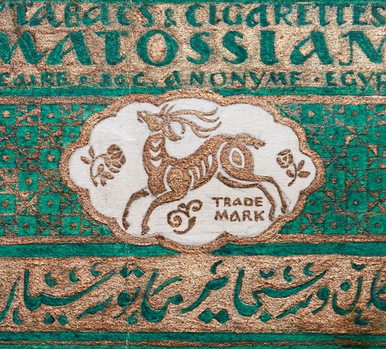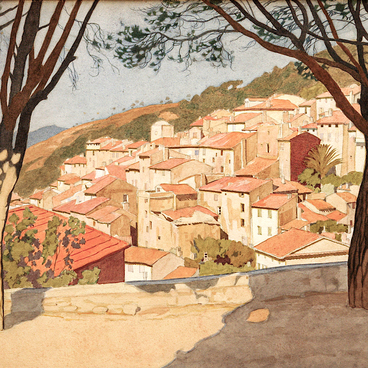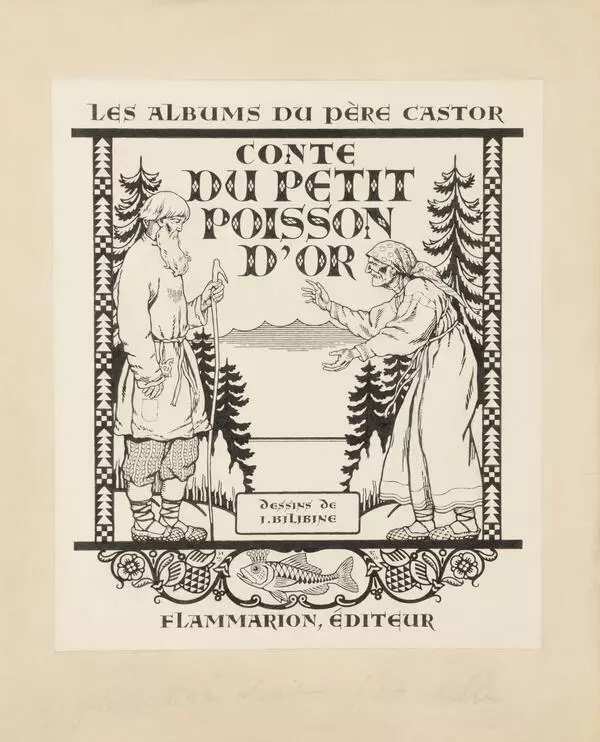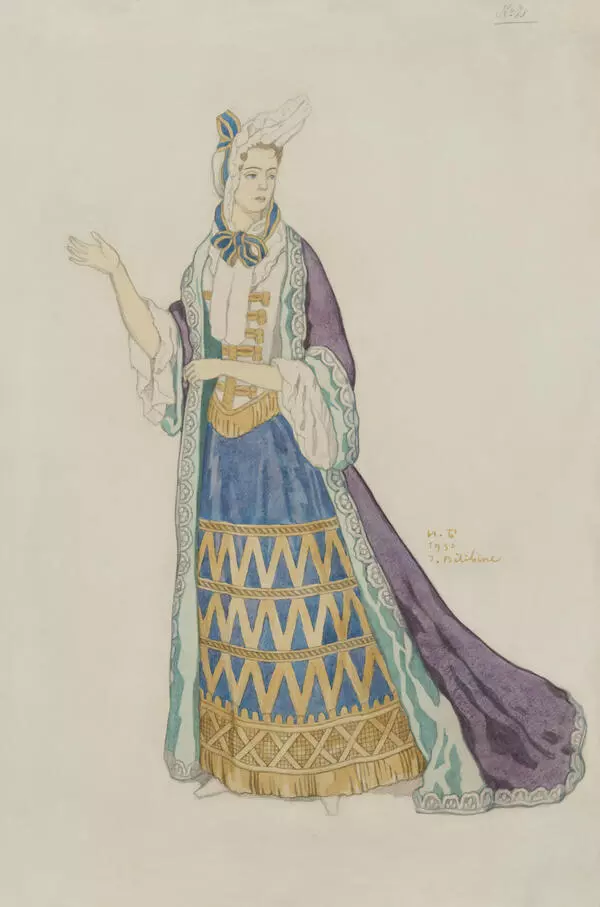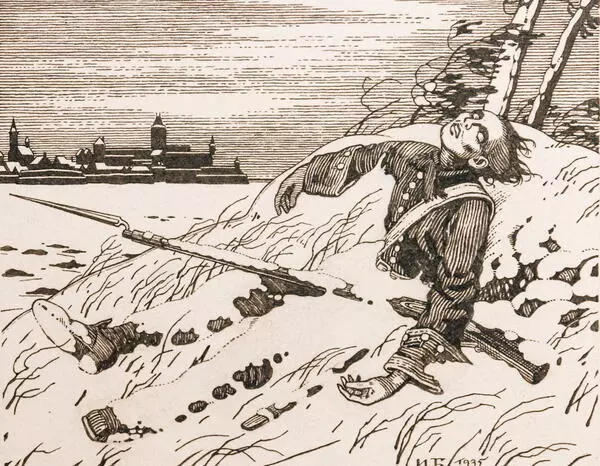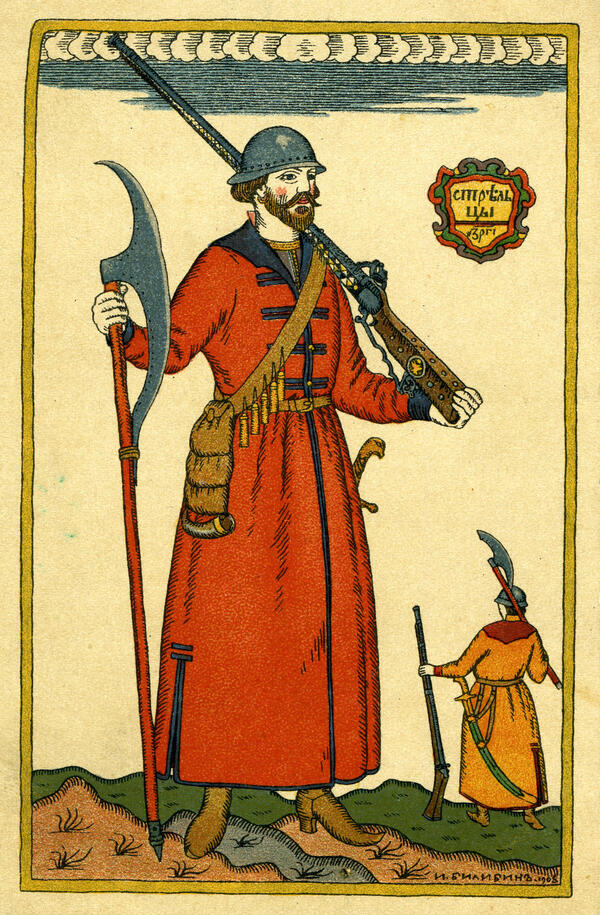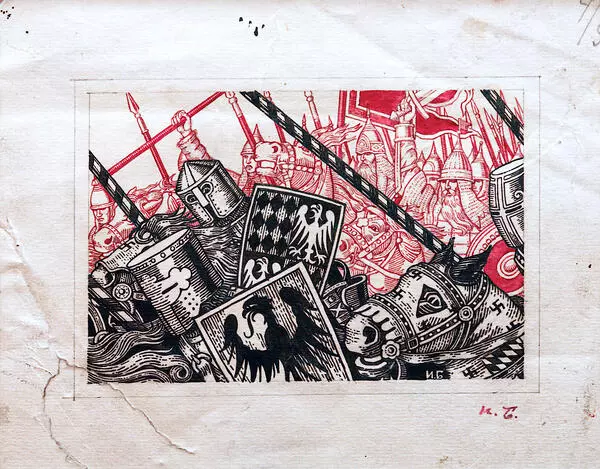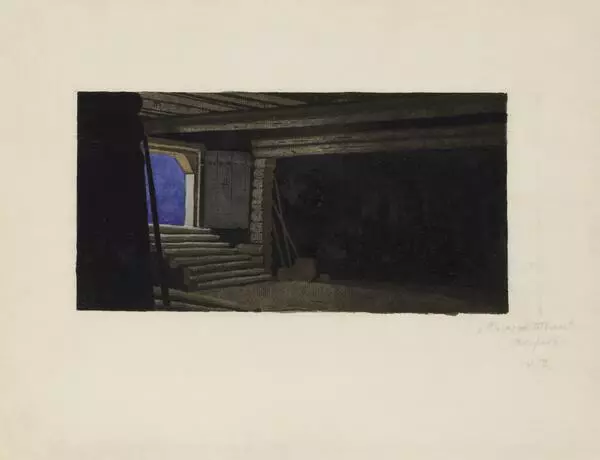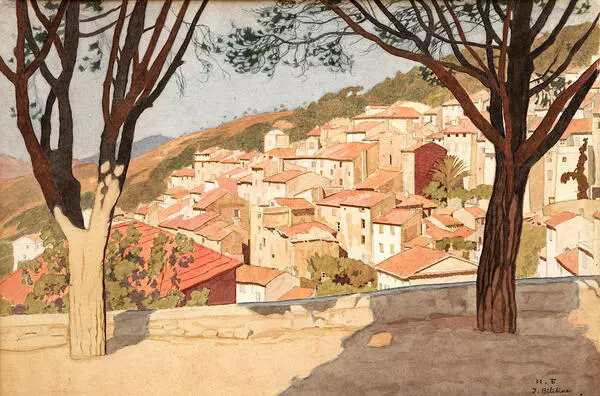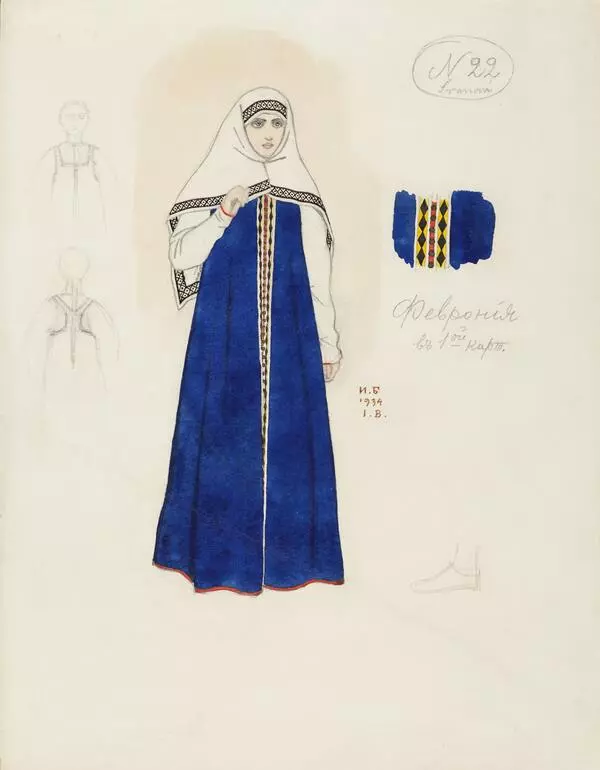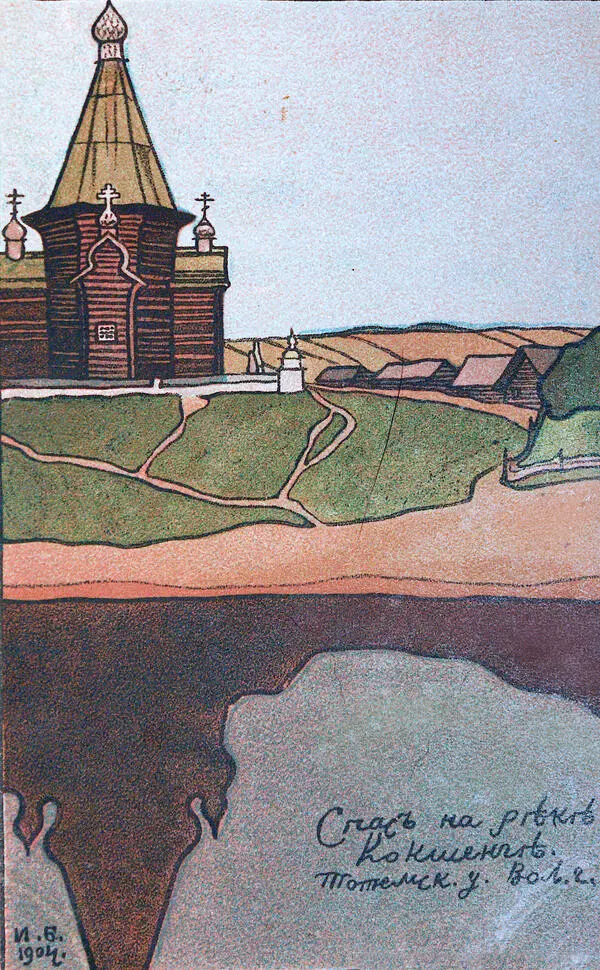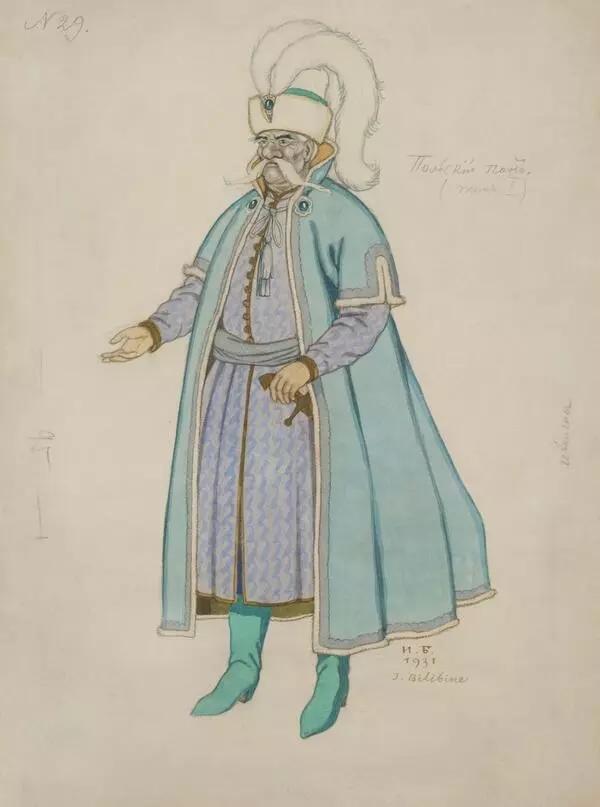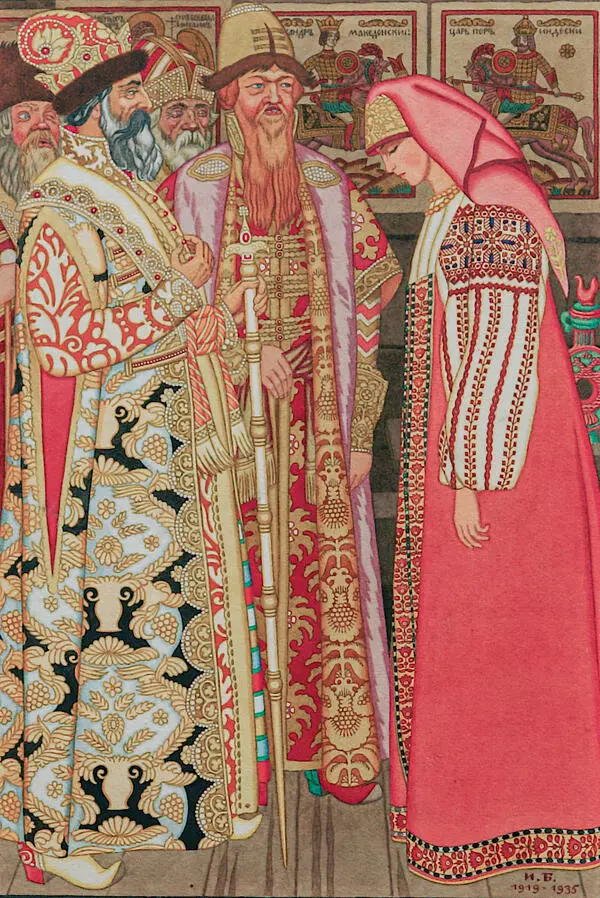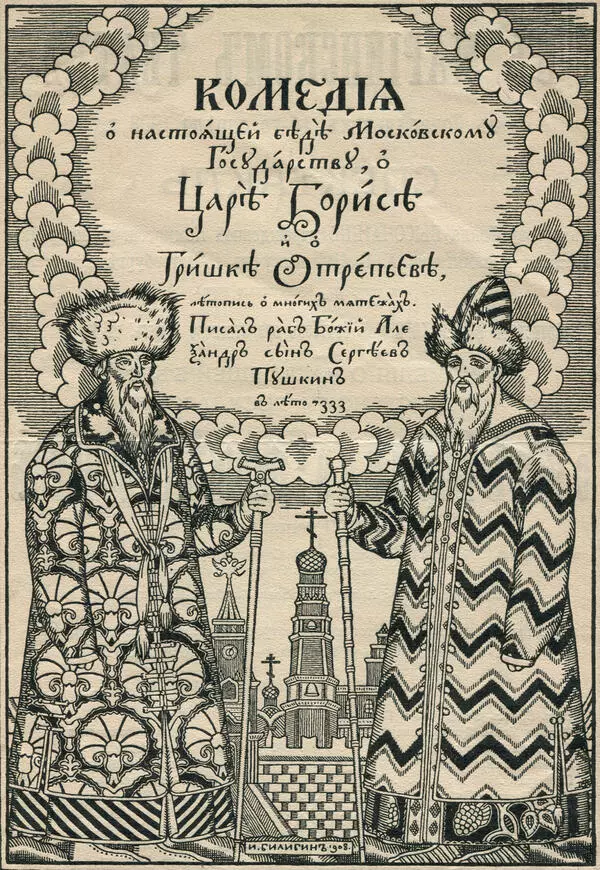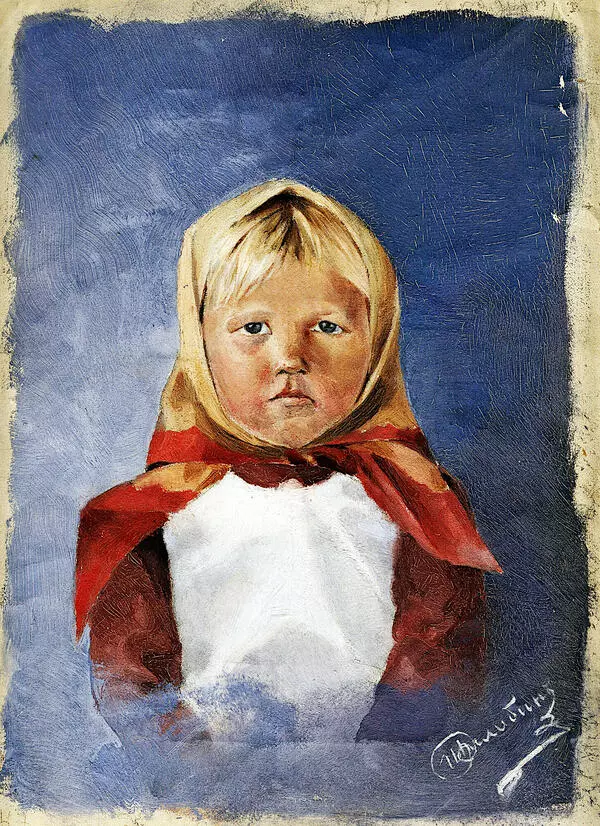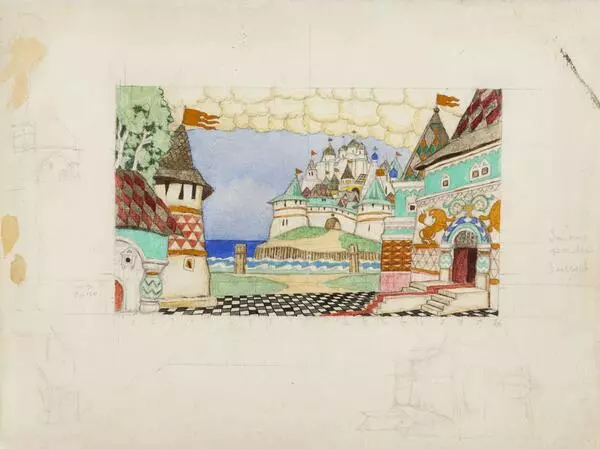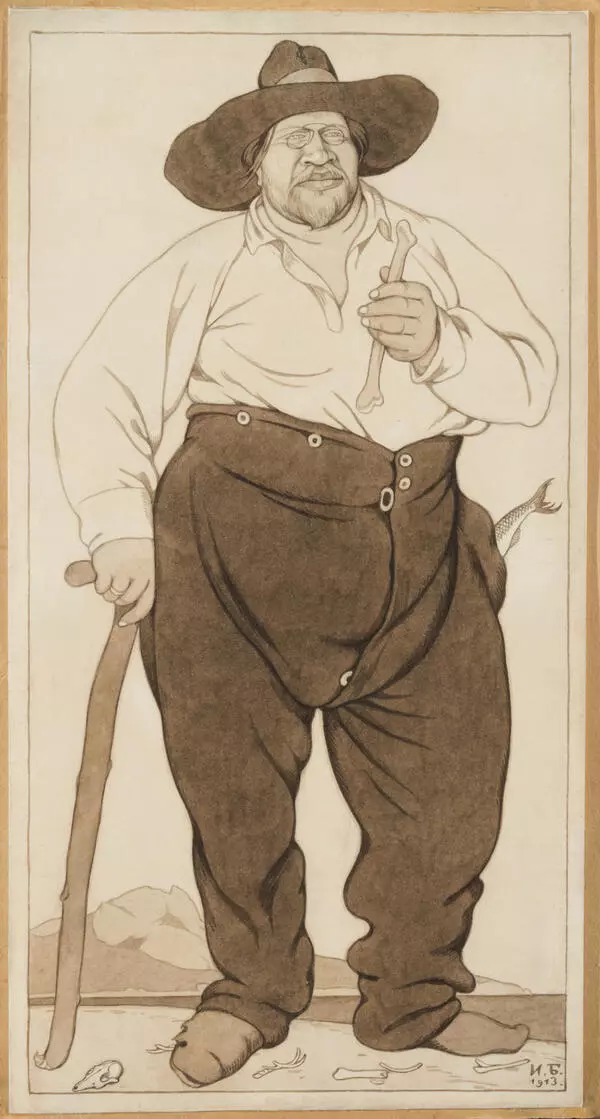Pavlova went on one such excursion in March 1923 together with Bilibin. They went to Saqqara — the biggest necropolis in Memphis, the capital of Egypt during the Old Kingdom period, located near Cairo. The oldest Egyptian pyramid is located there — the step pyramid of Pharaoh Djoser.
At the beginning of his Cairo life Bilibin preferred medieval mosques and the Arab Museum to Egyptian antiquities. However, later he often went to the pyramids, twice traveled to Upper Egypt, to Luxor, where he got to see the newly opened tomb of Tutankhamun. In the Maspero Museum (the Egyptian Museum founded by Gaston Maspero), where Bilibin was a frequent guest, the artist took numerous pictures and sketches of reliefs and frescoes.
Gradually, Ivan Yakovlevich managed to collect a lot of materials on Ancient Egypt. Bilibin tried to incorporate some artistic techniques characteristic of Ancient Egypt in his works as well. Those include the scenery for the ballet by Nikolay Nikolayevich Tcherepnin “The Romance of a Mummy”, staged by Anna Pavlova’s troupe. Ecstatic viewers recalled later that “the dancers brought the frescoes to life.”
Pavlova commissioned the artist to work on the short one-act ballet in the Russian style, as she knew very well of Bilibin’s unsurpassed illustrations of Russian folk tales. “For several evenings I was a writer and wrote a script. I have outlined seven or eight ballets that are remotely inspired by the themes from Russian fairy tales, and finally we settled on one theme, ” Bilibin wrote in a letter to Chirikova.
Thus, the ballet “Russian Fairy Tale” became part of Anna Pavlova’s repertoire, set to music by Nikolay Tcherepnin. Bilibin created the libretto, as well as sketches of scenery and costumes.

